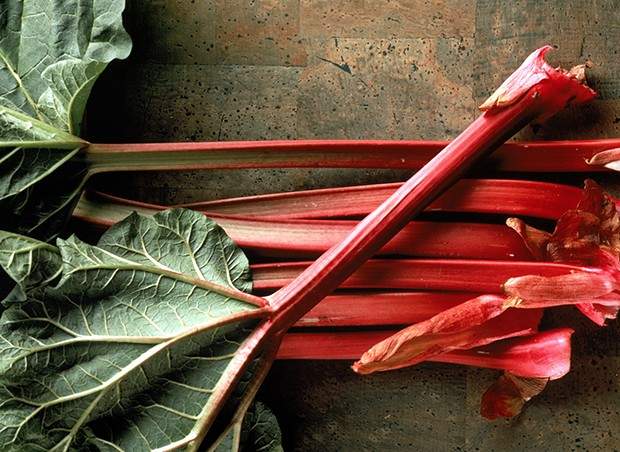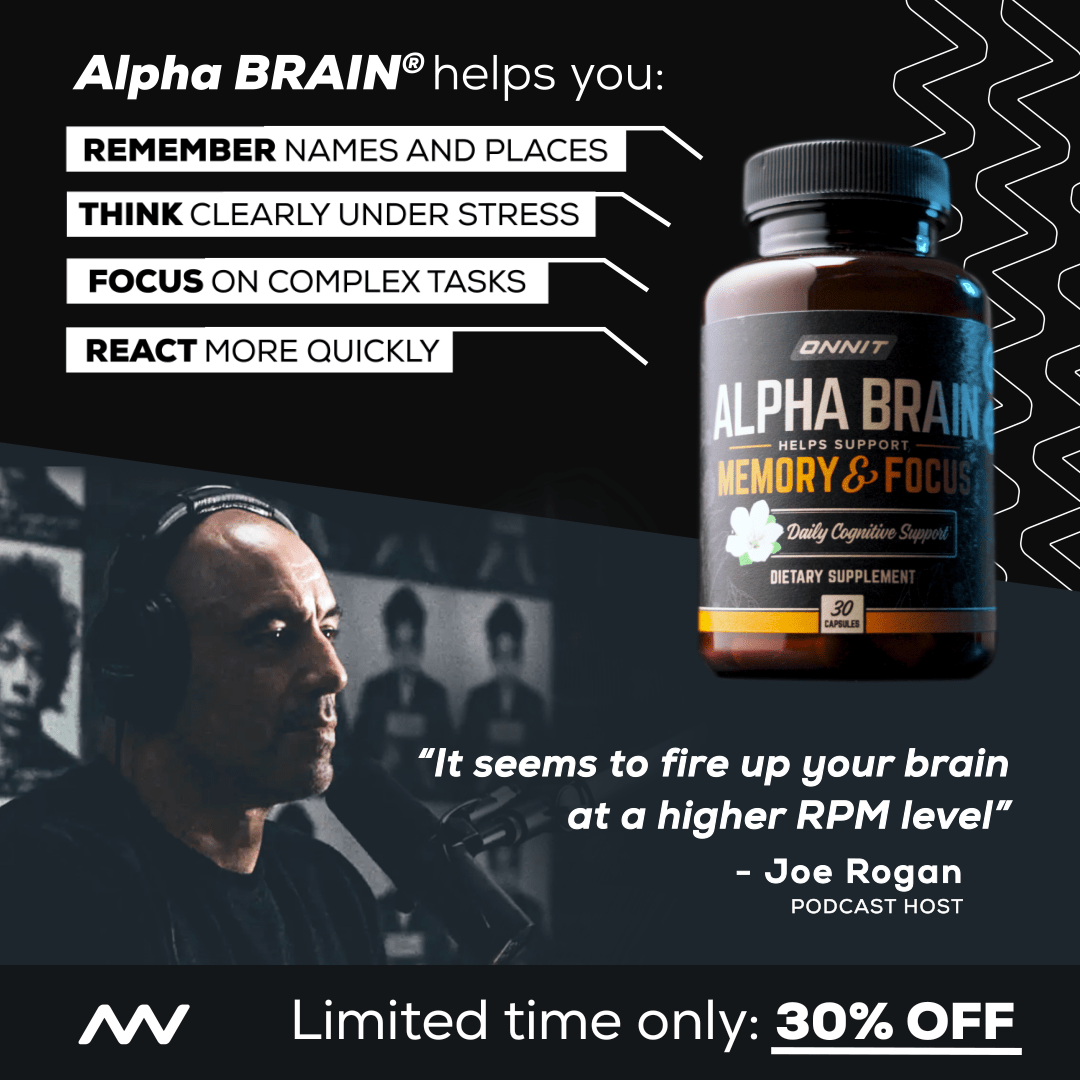Rhubarb is a plant species under the family Polygonaceae. With the scientific name Rheum rhabarbarum, the plant is also perennial and it grows short and thick rhizomes. In the kitchen, its leaf stalks are used and are usually cooed with sugar because of its strong taste. As a food, rhubarb is also packed with various health benefits.
General Nutrients
Rhubarb is rich in vitamins and mineral.s According to Nutrition and You, the vegetable contains vitamins A, B, C, E, K. Vitamin A is great for vision and integrity of the skin and mucus membranes while vitamin B is essential for the proper functioning of the nervous system, which includes learning, cognition, and memory. Vitamin C is known for its ability to raise the body’s defenses against sickness and infection and it heightens the action of the substance collagen, which acts as cement and binds loosely connected cells and tissues. Vitamin E promotes the health of the integument while vitamin K plays a role in blood clotting; it prevents bleeding to prevent excessive loss of body fluids. It is the reason why it is given to the newborn after delivery. Also, vitamin K reduces the chances of neuronal damage in the brain; thus, it plays a role in the management of Alzhiemer’s disease.
Weight Management
Rhubarb also helps in managing weight, particularly weight loss. According to Organic Facts, the vegetable is low in calories, among others; thus, it is usually recommended to people who find it hard to lose weight. As per the publication, 100 grams of the vegetable contains only 21 calories, so eating a handful is not harmful. Not to mention fiber, which acts as sweep to eliminate toxins from the body, rhubarb is also packed with organic compounds that boost the body’s metabolism and the body’s fat-burning rate, making it an efficient fat burner and weight loss agent in vegetable form.
In terms of minerals, rhubarb contains a handful, which includes sodium, potassium, calcium, phosphorus, copper, manganese, iron, magnesium, selenium, and zinc. Sodium and potassium maintain the stability of fluid levels in the body, with the latter also playing a role in cardiovascular health; it promotes healthy muscle contraction and relaxes the muscles of the blood vessels. Calcium and phosphorus are important in bone health while copper and manganese help in the growth and development of cells and tissues. Iron helps in the distribution of oxygen in the body while magnesium promotes neuromuscular health. Selenium prevents cell damage through generating antioxidant enzymes while zinc promotes digestive health and wound healing.
Sample Recipe
Rhubarb is also used in the kitchen, in various meals like Rhubarb Strawberry Crunch. According to All Recipes, the ingredients include three cups diced rhubarb, three cups sliced fresh strawberries, three tablespoons all-purpose flour, a cup of white sugar, one and a half all-purpose flour, a cup of packed brown sugar, a cup of butter, and a cup of rolled oats.
To prepare, as per the publication, the oven is preheated to 190 degrees Celsius. Then, the rhubarb is mixed with the strawberries, three tablespoons flour, and white sugar in a large bow. The mixture is placed in a 9 by 13 inch baking dish. Next, the oats, butter, brown sugar, and one and a half cups of flour are mixed until they become crumbly; a pastry blender can be used. Once done, the mixture is crumbled on top of the rhubarb and strawberry mixture. Finally, the food is baked for 45 minutes in the preheated oven or until crisp and lightly browned.
Overall, rhubarb is rich in health benefits. So, its inclusion to various meal recipes helps boost a person’s health and well-being.













